1. Introduction
Hydrochloric acid (HCl) is a highly corrosive medium commonly encountered in chemical processing, water treatment, and pharmaceutical manufacturing. Accurate and stable flow measurement of hydrochloric acid requires a carefully selected electromagnetic flow meter (magmeter) with appropriate wetted materials. This document provides guidelines for material selection and configuration when measuring HCl with electromagnetic flow meters.
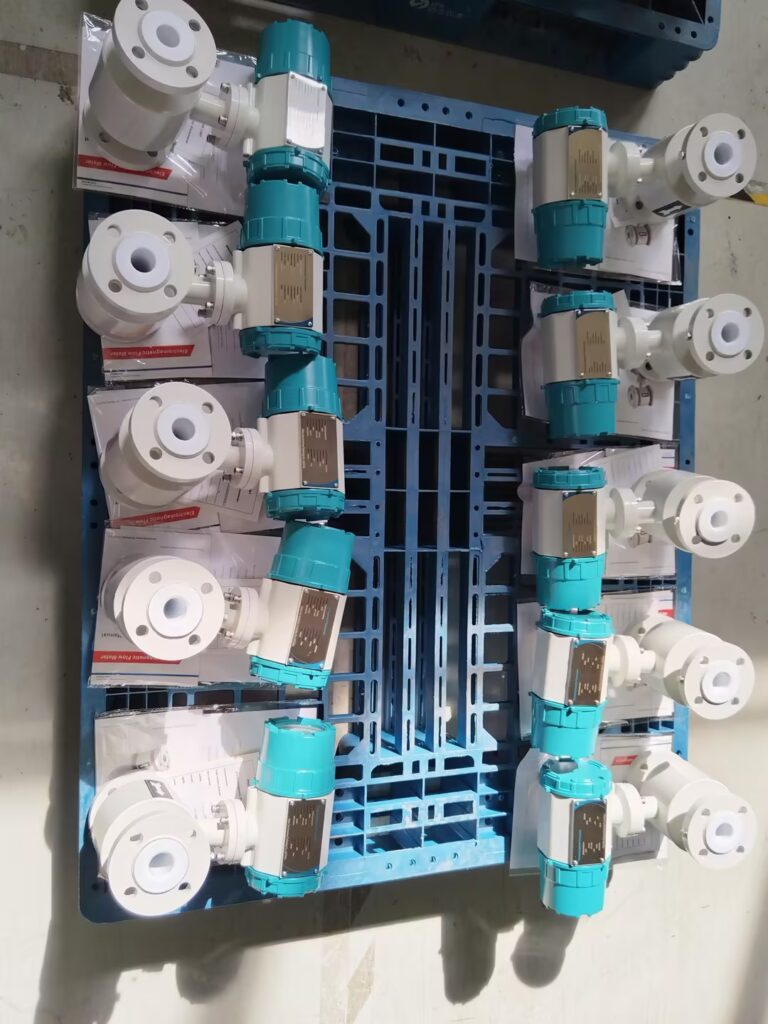
2. Electrode Material Selection
The electrode material of a magmeter must be resistant to chemical attack. For hydrochloric acid, the following electrode materials are commonly evaluated:
| Electrode Material | Corrosion Resistance to HCl | Characteristics | Cost Level |
|---|---|---|---|
| Platinum-Iridium (PtIr) | Excellent | Exceptional resistance to acid, oxidation, and abrasion | Very High |
| Tantalum (Ta) | Excellent | Good for both strong acids and bases | High |
| Hastelloy C | Moderate | Used in cost-sensitive applications; marginal durability | Medium |
💡 Recommendation: For long-term stability and maximum corrosion resistance in HCl applications, Platinum-Iridium electrodes are preferred. Tantalum is also acceptable for most HCl concentrations.
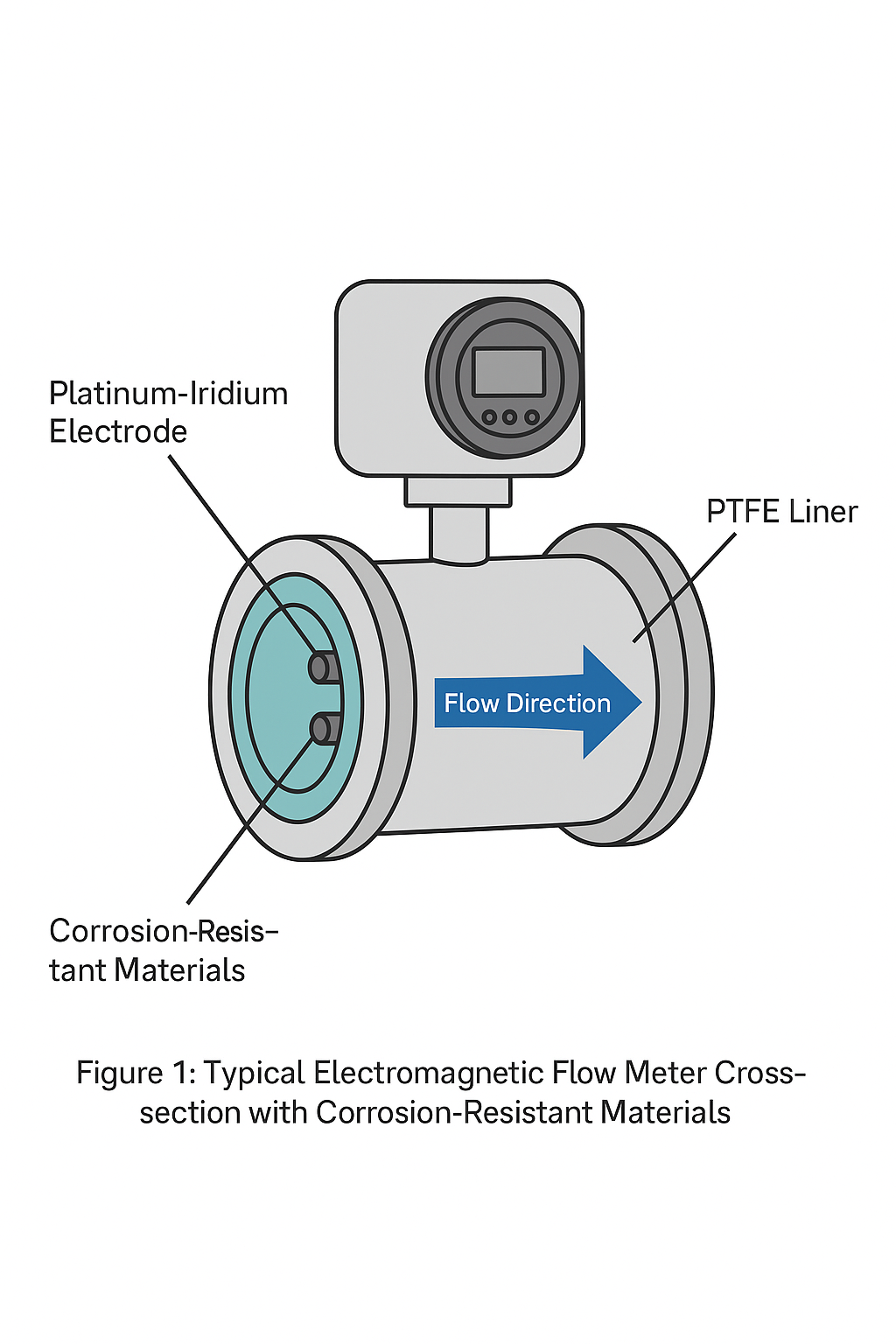
3. Liner Material Selection
The internal lining of the flow meter must also withstand continuous exposure to corrosive fluids.
| Liner Material | Chemical Resistance | Temperature Range | Typical Use |
|---|---|---|---|
| PTFE (Polytetrafluoroethylene) | Excellent | -40°C to +180°C | Strong acids and aggressive chemicals |
| PFA (Perfluoroalkoxy alkane) | Excellent | -40°C to +160°C | High-purity applications |
✅ Recommended: Use PTFE or PFA linings for hydrochloric acid due to their universal corrosion resistance and broad temperature compatibility.
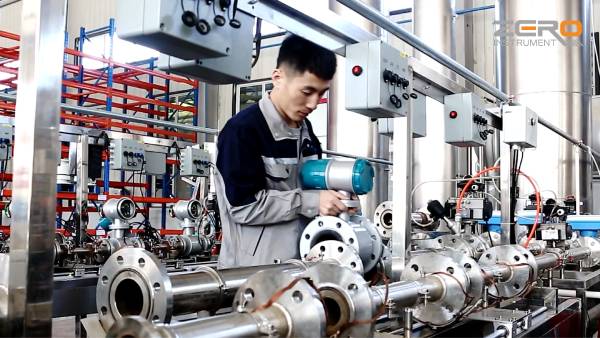
4. Application Considerations
When selecting a magmeter for HCl, consider the following:
Concentration Range: Corrosion resistance must be verified for concentrations ranging from 10% to 37%.
Temperature: Ensure both electrode and liner materials are rated for the process temperature (typically ambient to ~60°C for HCl).
Pressure: Most industrial HCl applications operate under low to moderate pressure (<1.6 MPa), which is suitable for standard flow meter designs.
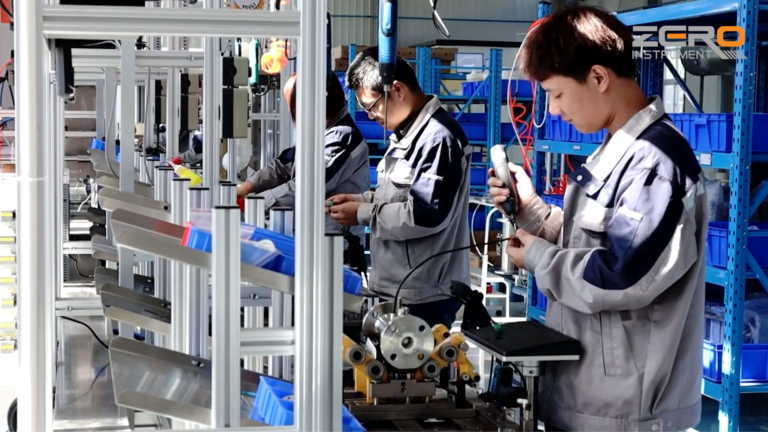
5. Chemical Compatibility Table (Excerpt for Hydrochloric Acid)
| Medium | Conc. (%) | Temp (°C) | PtIr | Ta | Hastelloy C | PTFE | PFA |
|---|---|---|---|---|---|---|---|
| Hydrochloric Acid | 10 | 25 | A | A | B | A | A |
| Hydrochloric Acid | 37 | 25 | A | A | B | A | A |
| Hydrochloric Acid | 37 | 60 | A | A | B | A | A |
Legend: A – Recommended; B – Usable (shorter lifespan); N – Not Recommended
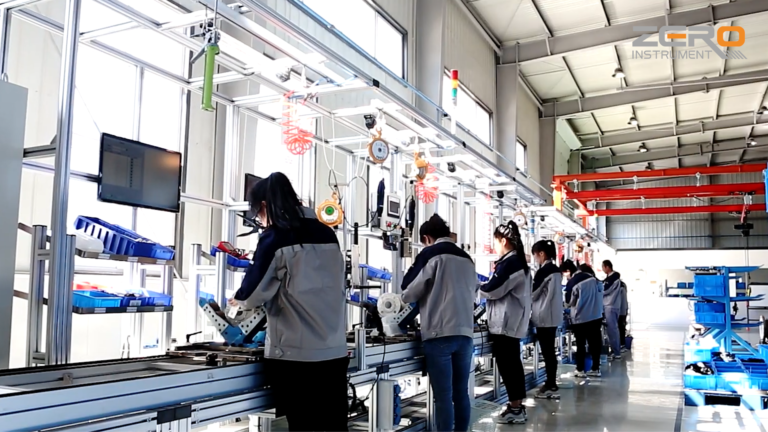
6. Typical Configuration
For reliable performance in hydrochloric acid applications, the following configuration is suggested:
Sensor type: Electromagnetic Flow Meter
Electrode Material: Platinum-Iridium or Tantalum
Lining Material: PTFE or PFA
Connection Type: PTFE-lined flange or sanitary connection (depending on industry)
Signal Output: 4–20 mA + HART / Modbus RTU
Enclosure Rating: IP65 or higher; corrosion-resistant coating if outdoor
